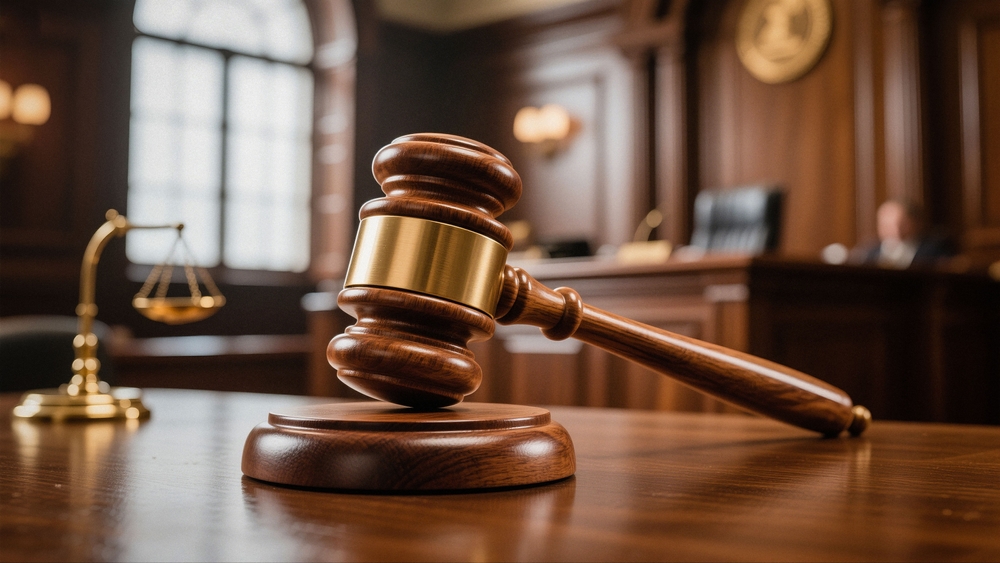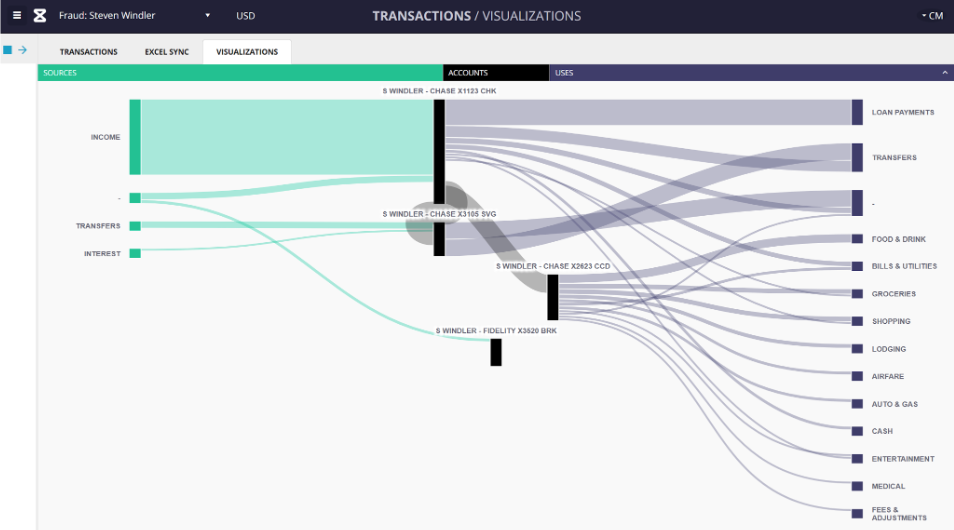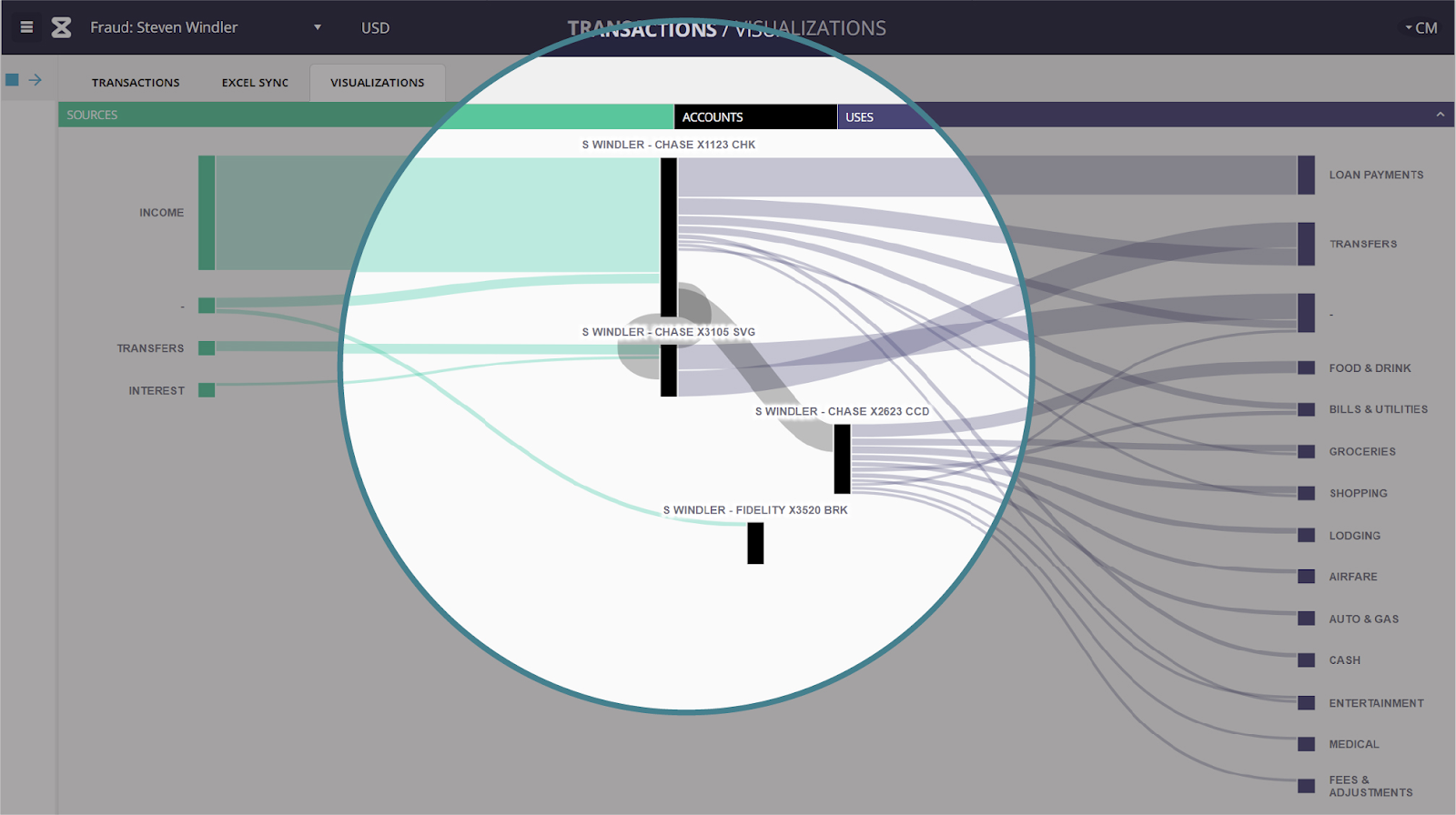The Evidence Ledger
Explaining Complex Financial Fraud to a Jury: How to Bulletproof your Expert Testimony

Financial fraud cases often hinge on an expert's ability to translate complex financial data into clear, compelling narratives that resonate with jurors. When you're presenting evidence of a $53 million embezzlement scheme or tracing fraudulent transfers through multiple shell companies, the stakes couldn't be higher. Your testimony must not only be accurate and thorough but also accessible to individuals who may have no background in forensic accounting.
The challenge is significant: according to the Association of Certified Fraud Examiners, occupational fraud costs organizations approximately 5% of their revenue annually, totaling an estimated $5 trillion globally. Yet despite these staggering losses, securing convictions often depends on whether an expert can effectively communicate the complexity of these schemes to a jury of laypeople.
The Foundation of Bulletproof Testimony: Verified Financial Intelligence
Before stepping into the courtroom, your testimony must be built on rock-solid financial intelligence. This means having complete, verified, and reconciled financial data that can withstand the most aggressive cross-examination. Manual methods of data analysis, while thorough, often leave gaps that opposing counsel can exploit.
Valid8 is a platform that uses advanced AI algorithms to reveal the truth behind the data with Verified Financial Intelligence (VFI). It enables forensic accountants to create a comprehensive, verified view of financial activity more quickly and easily. Unlike traditional analysis methods that rely heavily on sampling and manual data entry and verification processes, Valid8's VFI platform processes 100% of available financial data, reconciling banking evidence with accounting records to eliminate gaps and ensure complete accuracy.
Valid8’s platform addresses the vulnerabilities of traditional methods by providing:
Complete Data Reconciliation: Every transaction is matched to its source document, eliminating questions about missing or incomplete evidence. When you testify that funds were transferred from Account A to Account B, you can point to the exact bank statements, checks, and deposit records that support your conclusion.
Automated Quality Control: Advanced algorithms identify discrepancies, duplicate entries, and data gaps that might be missed in manual review. This proactive approach prevents you from missing valuable evidence to support your testimony..
Comprehensive Documentation: Each conclusion is linked back to its supporting evidence, creating an unbreakable chain of custody for your findings. This level of documentation ensures that every aspect of your testimony can be verified and defended.
Visual Evidence: Making the Complex Comprehensible
The human brain processes visual information 60,000 times faster than text or numbers. In the courtroom, this neurological reality becomes your greatest asset. Complex transaction patterns that might take hours to explain through testimony can be understood in minutes through effective visualizations.
The Power of Fund Flow Diagrams
Consider a typical Ponzi scheme where new investor funds are used to pay returns to earlier investors. A manual approach might involve reading through hundreds of transactions between dozens of different accounts and entities, trying to help jurors mentally track the movement of money. A visual fund flow diagram, however, can instantly show the circular nature of the fraud, making the deception obvious even to those unfamiliar with investment schemes.

Effective fund flow diagrams should:
- Use distinct color coding to separate fund sources (left side) from fund uses (right side)
- Display proportional flow widths that visually represent transaction volumes
- Show clear directional flows from sources through intermediary accounts to final destinations
- Flag undisclosed accounts by highlighting transfers that lack a corresponding destination record
- Categorize fund uses into understandable categories (loan payments, transfers, food & drink, groceries, etc.)
- Present the complete financial picture in a single, comprehensive view that's easily digestible for jurors
See Transfers Between Accounts
Valid8's visualizations automatically reveal the flow of funds between accounts and legal entities, providing forensic accountants with unprecedented clarity when presenting complex financial relationships to juries. This capability is particularly powerful in cases involving multiple corporate entities, shell companies, or intercompany transfers designed to obscure fraudulent activity.

When presenting these visualizations in court, you can clearly demonstrate how funds moved from legitimate business accounts into personal accounts, or how money was shuffled between related entities to avoid detection. The visual representation makes it immediately apparent to jurors when transfers deviate from normal business patterns or when funds are being moved to hide their ultimate destination.
Quickly Identify Undisclosed Accounts
One of Valid8's most powerful forensic capabilities is its ability to automatically flag "Possible Transfers" - transactions that appear in banking evidence with only one side visible. These single-sided transactions are strong indicators of undisclosed accounts that weren't provided during discovery or that the defendant attempted to hide from investigators.

For expert witnesses, this feature provides compelling evidence of concealment. When you can show jurors that funds left a known account but have no corresponding deposit in any of the provided banking records, it raises obvious questions about where that money went. This visualization technique transforms what might be a confusing accounting discrepancy into clear evidence of hidden financial activity that jurors can easily understand.
Structuring Your Testimony for Maximum Impact
Start with the Big Picture
Begin your testimony by explaining the overall scheme before diving into specifics. Analogies have been shown to significantly improve comprehension of complex topics. For instance, you might compare a check kiting scheme to someone writing checks between two bank accounts when neither has sufficient funds, knowing that the checks will clear before the banks realize the problem.
Build Your Case Systematically
Structure your testimony in a narrative form, revealing evidence in a logical sequence that builds toward your conclusions. Studies on narrative persuasion demonstrate that story-structured information is more compelling and memorable than data presented in isolation.Each piece of evidence should connect to the next, creating a narrative that's easy to follow. This approach helps jurors understand not just what happened, but how you discovered it.
Use the "Rule of Three"
Research in cognitive psychology suggests that people remember information better when it's presented in groups of three. When presenting your findings, organize them into three main categories. For example:
- What Was Supposed to Happen: Explain the legitimate business processes or financial controls that should have been in place.
- What Actually Happened: Show how the defendant deviated from these legitimate processes to commit fraud.
- The Financial Impact: Quantify the losses and explain how they were calculated.
Technology as Your Courtroom Ally
AI tools and platforms for forensic accounting enhance both the quality of analysis and the presentation of findings. These tools don't replace professional judgment but amplify your ability to uncover and explain complex fraud schemes.
AI-Enhanced Pattern Recognition
Advanced algorithms can identify patterns in financial data that might be missed through manual review. For example, they can detect subtle variations in timing that suggest manipulation or identify unusual transaction patterns that deviate from normal business operations. When presenting these findings, explain how the technology assisted your analysis while emphasizing that professional judgment guided the interpretation of results.
Real-Time Data Verification
Modern platforms can instantly verify the completeness and accuracy of financial data, ensuring that your testimony is based on a complete picture of the defendant's financial activity. This capability is particularly valuable when opposing counsel challenges the completeness of your analysis.
Interactive Courtroom Presentations
Technology now allows for interactive presentations where you can drill down into specific transactions or highlight particular aspects of the fraud in real-time. This capability can be particularly powerful during redirect examination, allowing you to immediately address any concerns raised during cross-examination.
Common Pitfalls to Avoid
Even the strongest analysis can lose impact if it’s delivered in a way that confuses or alienates the jury. Avoid these common missteps that can undermine your effectiveness on the stand:
- Overcomplicating Your Explanation. Remember that your goal is communication, not demonstration of expertise. Avoid jargon and technical terms that might confuse jurors. If you must use technical language, immediately define it in simple terms.
- Focusing Too Much on Methodology. While it's important to explain your methods, don't let methodology overshadow your findings. Jurors care more about what you discovered than how you discovered it, unless your methodology is being challenged.
- Appearing Overly Rehearsed. Practice your testimony until you're comfortable with the material, but maintain a conversational tone. Jurors can sense when testimony sounds memorized, which may reduce its impact.
- Ignoring the Human Element. Financial fraud isn't just about numbers; it's about people making deliberate choices to steal. Don't lose sight of the human story behind the financial data. Help jurors understand not just the mechanics of the fraud, but its real-world impact on victims.
Final Thoughts
Bulletproofing your expert testimony in financial fraud cases requires a combination of thorough preparation, clear communication, and smart use of technology. By building your analysis on verified financial intelligence, presenting your findings through compelling visualizations, and structuring your testimony for maximum clarity, you can help juries understand even the most complex fraud schemes.
Remember that your role extends beyond technical analysis. You're translating financial complexity into human understanding, helping ensure that justice can be served effectively. The investment in proper preparation, advanced analytical tools, and clear presentation techniques will pay dividends not only in individual cases but in the broader fight against financial crime.
Valid8’s Verified Financial Intelligence platform helps forensic professionals like you build courtroom-ready evidence that holds up under scrutiny. By reconciling every transaction, surfacing hard-to-spot patterns, and producing visual evidence that speaks for itself, Valid8 gives you the confidence to stand by your conclusions—no matter how tough the cross-examination. Ready to strengthen your next expert testimony? Contact us to see how Valid8 can help you build clear, defensible financial evidence that holds up in court.


















